A new project shows how 3D imaging has many applications for helping people understand the world around them and can even be used to create an enhanced version of reality.
The videogame and CGI film industries are frequently at the forefront of imaging techniques, pursuing the most true-to-life visuals in a bid to create the ultimate immersive experience. And, as 3DPI readers will be aware 3D modeling is also important in many other areas including medicine, the arts, engineering and mathematics. Two new projects, one from the University of South Carolina, and another from Face Lab at Liverpool John Moores University in the UK, are both exploring 3D modelling techniques for different purposes, entertainment in the former, and education in the latter.
Excavating the past
The Face Lab at Liverpool John Moores University in the UK focuses on the facial recognition, reconstruction and identification of historical figures for forensic and archaeological research.
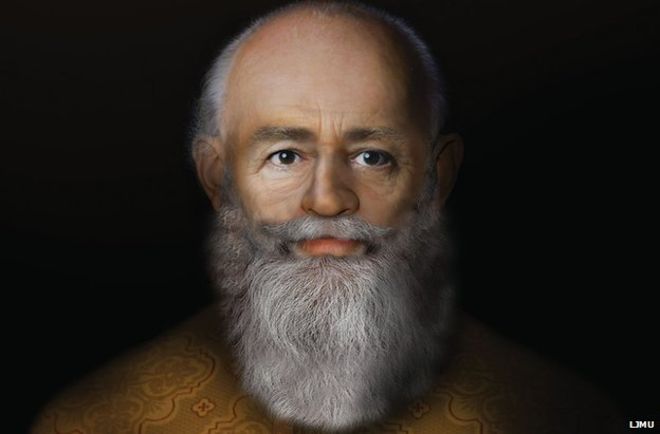
Under the direction of accredited craniofacial specialist Caroline Wilkinson, Face Lab has recreated some of the most arresting figures in history, including the addition the face of Father Christmas aka Saint Nicholas to their archive in 2014. Now, Face Lab have recreated Robert the Bruce, King of the Scots.
Facial reconstruction at Face Lab uses a combination of DNA, bones, texts and, where possible, images of a person in order to identify their features. With Robert the Bruce, the muscle structure was created from scans taken of a cast of his skull held at the Hunterian Museum in Glasgow.
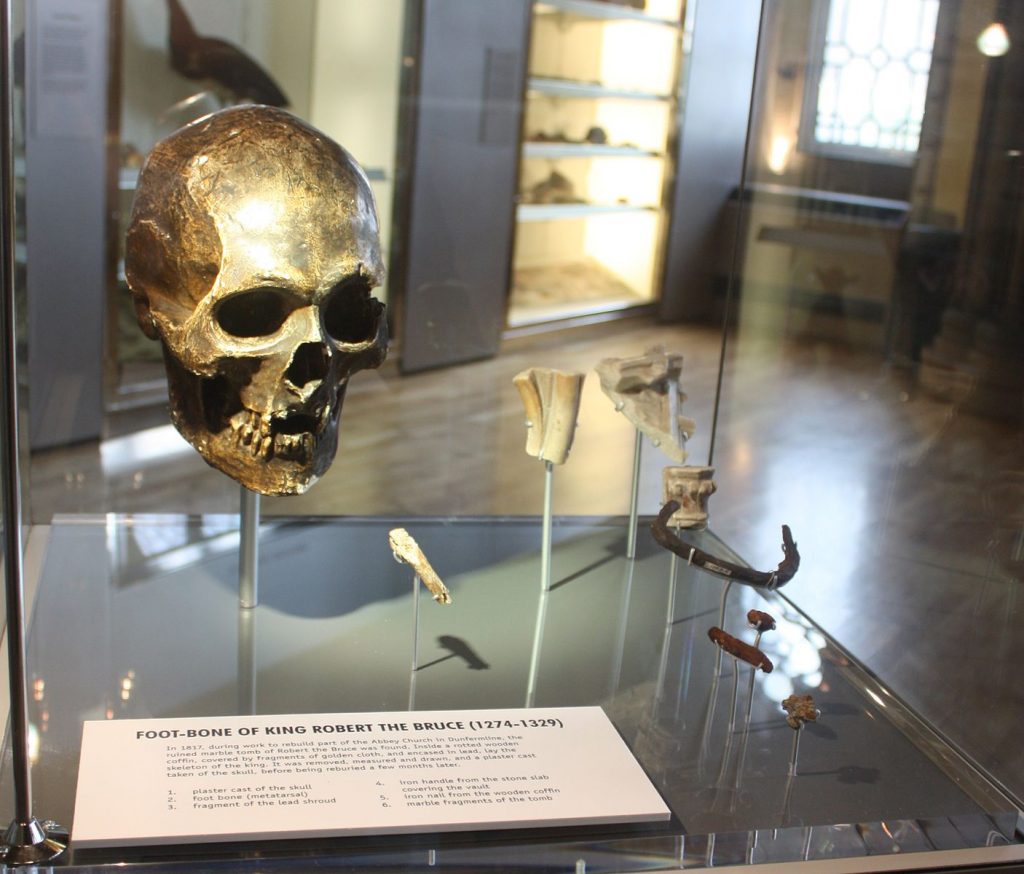
Next the features were refined further by taking educated guesses based on the Kings genealogy and the probability of the color of his hair and eyes. Wilkinson, her team and collaborators at the University of Glasgow also looked at the possibility of using DNA from a bone fragment kept at the Hunterian, but this would have destroyed the artifact.
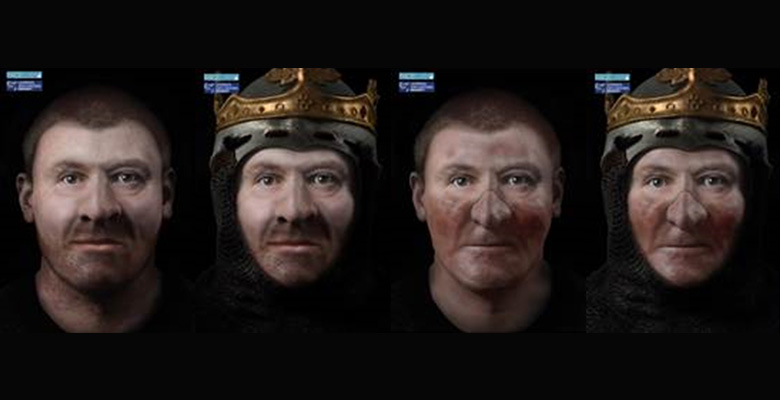
Young Muhammad Ali, Donald Trump and the late Kurt Cobain
Across the Atlantic, in South Carolina, Shunsuke Saito, Lingyu Wei, Liwen Hu, Koki Nagano, Hao Li have published research that creates 3D face models from 2D photographs.
Using old, grainy, photos of celebrities, and a database of pictures collected from flickr the project is called Annotated Faces-in-the-Wild. Saito et al. define 3D models with depth based on light and shadow, even detail the pores of the faces.
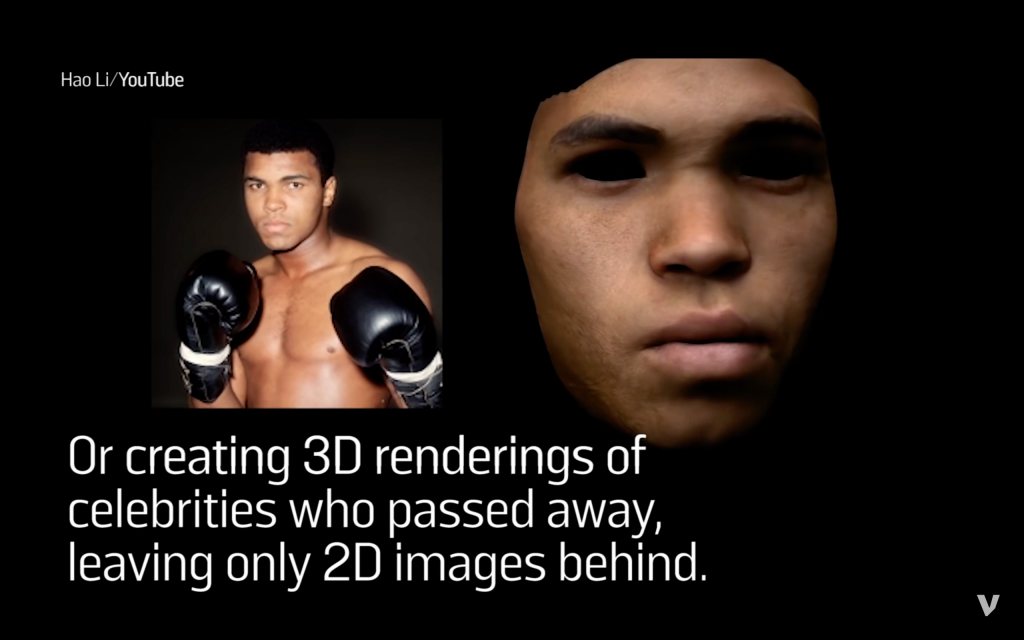
The researchers create the pores using a convolutional neural network – a computer program that generates an estimated neuron network based on an image. The results were tested by a focus group’s ability to recognize the person based on the constructed 3D model. The research also compares the proposed method to existing facial image generation techniques and found that, in terms of resolution, their face maps outperform the competition.
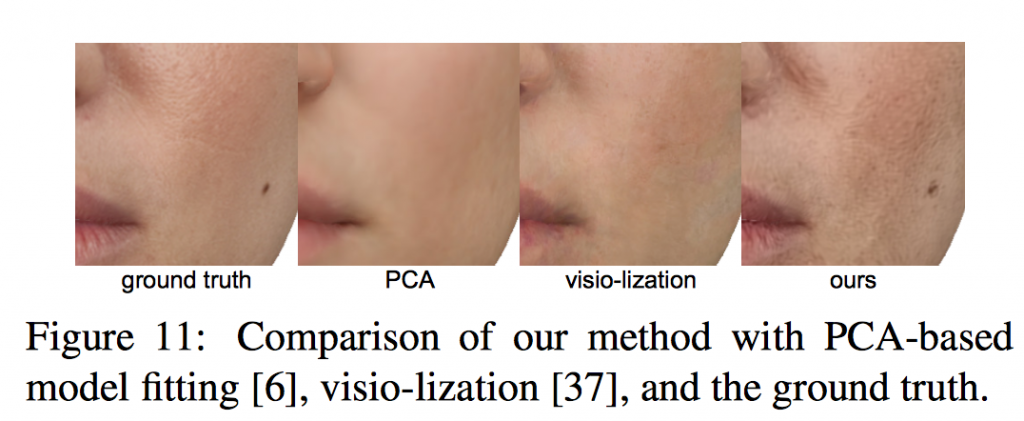
The North Carolina team will continue to improve their efforts in order to map higher-definition skin textures such as lines and wrinkles.
We hope our readers are prepared for what both technologies could mean for the future. Life’s going to get much more real than it is now.
Featured image shows the Robert the Bruce Statue at Stirling Castle Photo by: dun_deagh on flickr



